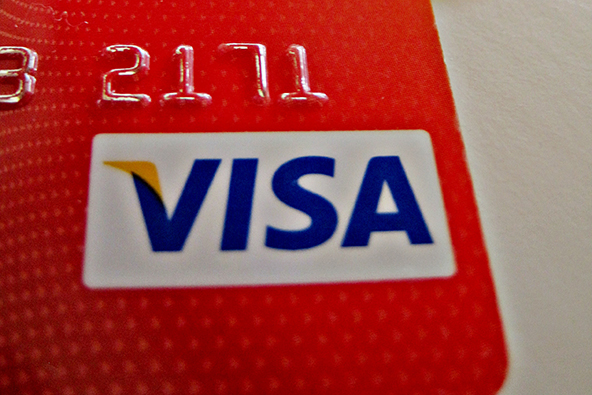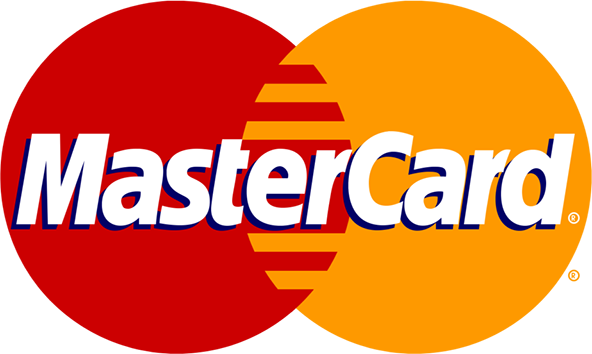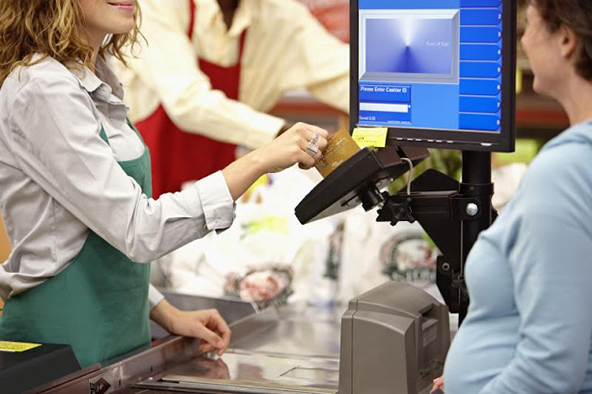The Bare Basics You Ought to Know about Visa’s Transaction Processing System

For the most part, merchants don’t want to know much about how Visa’s transaction processing system works, or the equivalent system of any of Visa’s rivals, for that matter. As long as the customers’ cards can be accepted and the payments processed quickly and securely, most merchants are satisfied and perfectly happy to remain ignorant of what goes on behind the scenes to enable a transaction to be processed.
Now, I will not argue that this is wrong and that you should spend months educating yourself on the inner workings of Visa’s or MasterCard’s transaction processing systems. I am arguing, however, that there is a bare minimum of information that you need to know, so that when (and it is not if) something goes wrong, you will be better prepared to understand why and, possibly, to help resolve the issue.
Visa’s Transaction Processing System
VisaNet – Visa’s transaction processing system – connects the Visa payment network with Visa’s member bank’s systems and with other networks to facilitate transaction processing and other services. VisaNet transmits transaction information between processors and issuers and supports:
- Sales, cash, and bill payment transactions made with any Visa card.
- Recurring payments, as well as prepaid card transactions that allow partial authorization approvals.
- Travel and entertainment (T&E) card transactions.
- ATM transactions for other payment networks, which can also support the sale of dispensable products such as stamps and coupons.
- Private label and proprietary card transactions.
Support for these products outside of the U.S. can vary.
VisaNet’s Transaction Cycle
VisaNet processes qualifying transactions through its authorization, clearing, and settlement services, which are defined as follows:
- Authorization is the process that enables the card issuer to approve or decline a sales transaction before the sale is finalized or cash is disbursed.
- Clearing is the process of transmitting transaction information from the payment processor to the issuer to be then posted to the cardholder’s account.
- Settlement is the process of determining the exact amount of the funds that need to be exchanged between the processor and issuer that are parties of a cleared transaction. The actual exchange of these funds is a separate process.
Transactions can be authorized, cleared and settled using either single or dual messages, which are defined as follows:
- If using a single message, the transaction authorization request contains clearing and settlement data, in addition to authorization information. Typically, single-message (also called “full financial”) transactions are authorized and cleared online, but settled offline.
- If using a dual message, the transaction information is sent to VisaNet twice. At first only information needed for an authorization decision is transmitted, followed by a transmittal of information for clearing and settlement purposes. Typically, dual-message transactions are authorized online, but cleared and settled offline. Dual message processing is also known as “batch processing.”
If the final transaction amount is not known at the time of authorization, as is typically the case with transactions processed by hotels and by car rental agencies, as well as gas stations, single-message transactions can be processed much like dual-message ones. This is done through a process known as “deferred clearing,” where the authorization request is processed online, but the clearing and settlement are performed later (e.g. at the end of the day. Deferred clearing is only available for Visa point-of-sale and Electron transactions. An alternative to deferred clearing is the “Real-Time Clearing,” designed specifically for gas stations, where transactions are pre-authorized and processed immediately, rather than at the end of the day.
The Takeaway
It is important that you understand what takes place during the period between the swipe of your customer’s card and the deposit of the transaction amount into your bank account. If you invest the time to do so, you will be better able to ensure that your merchant account is set up in a way that best addresses your particular circumstances.
Alternatively, of course, you can just leave it all up to your processor and hope it does the right thing.
Image credit: Saveup.com.


